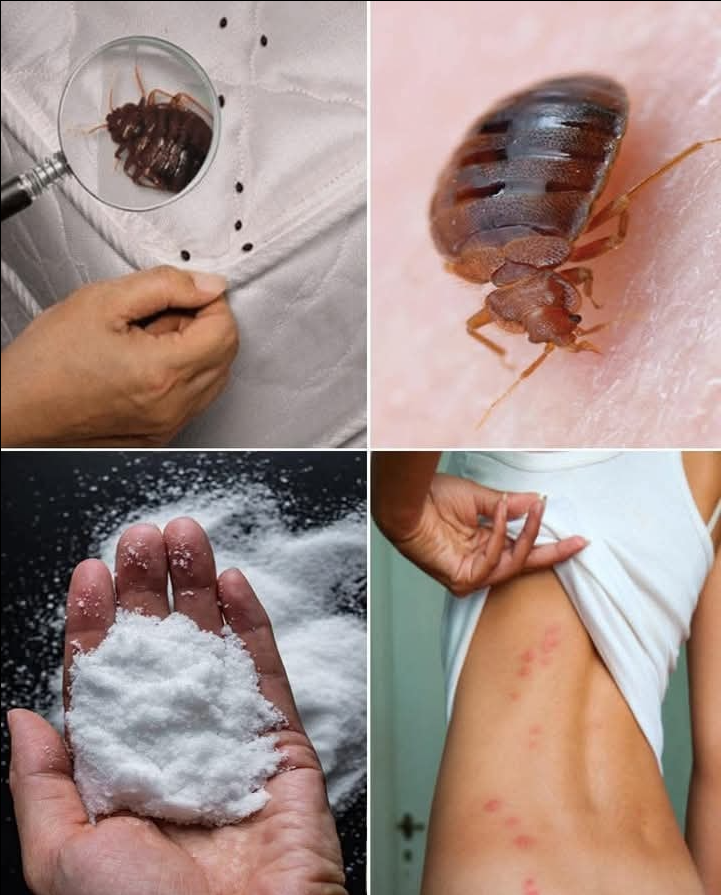Salt, especially in its fine or powdered form, has dehydrating properties. It draws moisture out of the insects’ bodies through a process known as osmosis, eventually causing them to dry out and die. While salt alone may not completely eliminate a serious infestation, it can be a powerful tool in your natural pest-control arsenal — particularly for prevention and control in outdoor spaces.
How to Use Salt in the Garden for Bedbugs
✅ 1. Salt Spray Solution
What you need:
-
1 tablespoon of finely ground salt (sea salt or table salt)
-
1 liter of warm water
-
A spray bottle
Instructions:
-
Dissolve the salt in warm water.
-
Pour the mixture into a spray bottle.
-
Spray directly onto affected garden furniture, crevices, cracks in wood, undersides of tables, and cloth surfaces where bedbugs may hide.
-
Repeat every few days, especially after rain or watering.
This method helps repel bedbugs and prevent them from nesting in those areas.
✅ 2. Dry Salt Barrier
For areas where water isn’t ideal, like the bases of garden furniture or storage sheds:
Instructions:
-
Sprinkle a line of fine table salt around potential hiding areas: chair cushions, storage boxes, or fabric items outdoors.
-
Leave it overnight, then vacuum or sweep away after 24–48 hours.
-
Reapply as needed.
This acts as a natural barrier, discouraging bedbugs from crossing or nesting.
✅ 3. Salt + Baking Soda Combo
For a stronger dehydrating effect:
What you need:
-
1 part salt
-
1 part baking soda
Instructions:
-
Mix the two powders.
-
Sprinkle generously in cracks, around the legs of garden benches, and on furniture cushions.
-
Leave for 1–2 days, then clean and reapply weekly.
This combination enhances the pest-fighting effect while remaining non-toxic to humans and pets.
Tips for Maximum Effectiveness
-
Sunlight is your ally: Bedbugs hate heat. Expose garden cushions, hammocks, or blankets to direct sun after treating with salt.
-
Vacuum thoroughly: After applying salt, vacuum areas where pests might have died to remove residues and eggs.
-
Check for signs regularly: Look for tiny reddish stains, shed skins, or pepper-like spots (droppings) in outdoor fabrics or crevices.
-
Use salt preventively: Even if you don’t currently see bedbugs, a light dusting of salt can discourage them from moving in.
A Word of Caution
Salt is safe for most surfaces but may be corrosive to some metals or delicate garden fabrics over time. Test a small patch first before applying broadly. Also, avoid heavy salt use directly on soil, as it may affect plant health.
Conclusion
Bedbugs are stubborn, but nature gives us simple weapons to fight back — and salt is one of the easiest, cheapest, and safest. With regular application and some basic garden hygiene, you can keep your outdoor space pest-free without resorting to harmful pesticides.
Try it today, and enjoy your garden with peace of mind!
